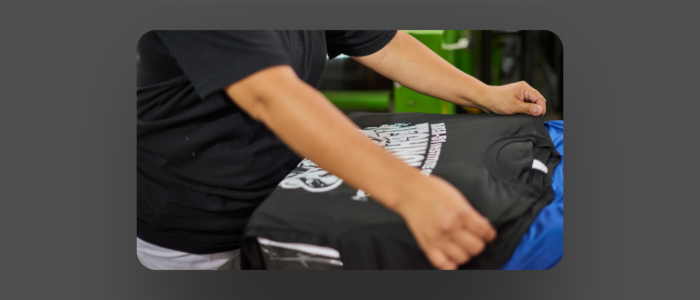There’s always a delicate balance with print shop pricing since you’re typically looking to match a competitive price point that also nets you a profit.
Typically, though, many business owners don’t look at the broader impact of pricing. They’ll raise or lower based on short-term factors instead of employing a long-term strategy that evolves over time.
That short-sighted approach often means you’re slashing prices to please customers, then losing money in the long term.
Here’s a quick look at seven areas to consider when dialing in your pricing.
1. Know Your True Costs
Track all labor, materials, equipment, and overhead expenses to determine your true costs and minimum pricing. This allows you to price profitably and adjust if you discover you’ve been losing money on specific pricing structures.
2. Calculate Your Contribution Margin
After you’ve tallied up the costs of each job, use that to calculate your contribution margin. This ensures each job is priced to be profitable.
Here’s a breakdown of what contribution margin means and how to build it:
3. Offer Package Deals
Offer bundled products/services at a discounted rate to incentivize larger orders. This can increase order values. When it comes to customized printed merchandise, you’re probably already doing this. Think of a T-shirt order paired with tote bags, hats, and water bottles.
Offering your customers bundled solutions also helps maintain your shop as the go-to for branding solutions for all types of businesses rather than just a shop that prints swag.
4. Use Tiered Pricing
Provide good-better-best package options as part of your print shop pricing. Many customers will upgrade from the basic package if you can show them the value of the products they’re upgrading to.
For example, think of a boxier, heavier T-shirt brand compared to a more retail-inspired brand with softer fabrics and more flattering silhouettes. Sure, the boxier shirt might be cheaper, but if the customer has the shirts printed for a fund drive or corporate gift, they may consider upgrading to pass that perceived value onto the recipients.
5. Charge Rush Fees
Rush jobs are often a massive headache since they throw a monkeywrench in your production schedule and can cause heightened stress for your team. They also require extra attention to detail since a rush job increases the chance of errors and misprints.
If you’re willing to take on a rush job or expedited orders, charge a premium fee. This compensates you for the additional labor required. It’ll also help maintain morale since it’ll feel more worth your team’s time.
Additionally, it helps establish an understanding with your customer that it’s more affordable for them to come to you ahead of time with their next order.
6. Get Deposits Upfront
Require deposits for larger or custom orders to cover materials upfront. This approach helps you narrow down more quality customers who are more likely to do repeat business with you over people who might be price shopping. Plus, it improves your business’s cash flow.
Like rush fees, customers who value your work and are interested in doing repeat business will understand the importance of the deposit and how it enables your team to deliver quality work.
7. Review and Adjust Often
Even if it feels like your pricing approach is working, make sure to re-evaluate pricing regularly based on market conditions and production costs. It’s easy to get stuck in a pattern, but if raw materials are starting to climb in price or you’re having issues with a supplier, it could be time to readjust and reset.
That way, you won’t have as many ripple effects that trickle down to the customer, like extended wait times because you’re left high and dry with a supplier who doesn’t have the shirts you typically order from them in stock.



Comments are closed.